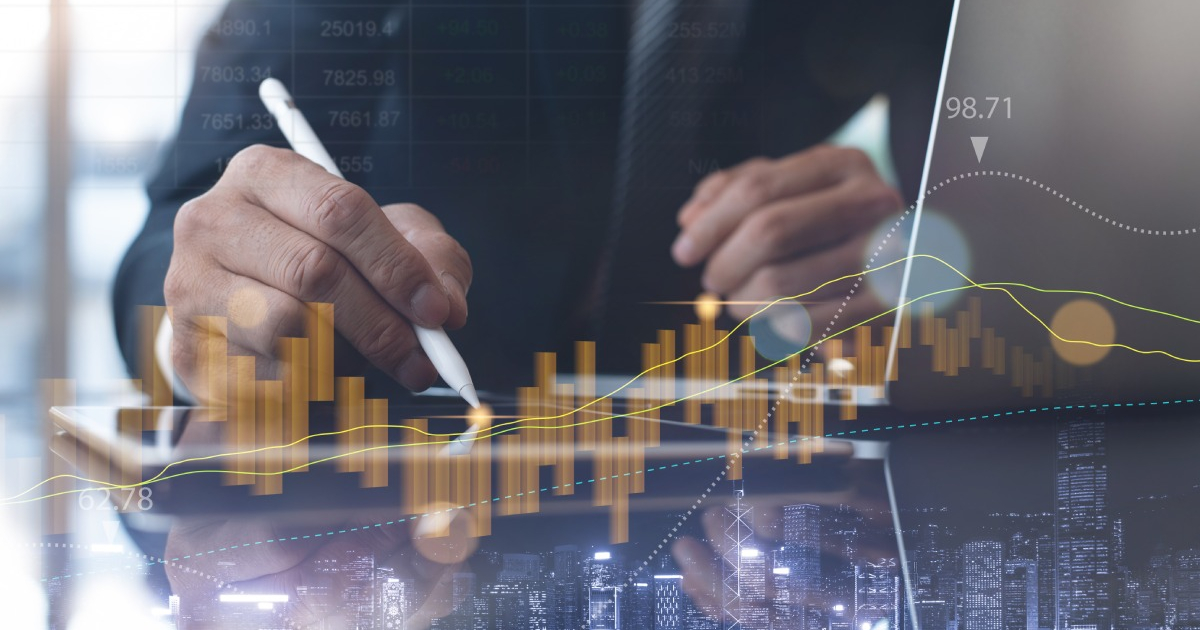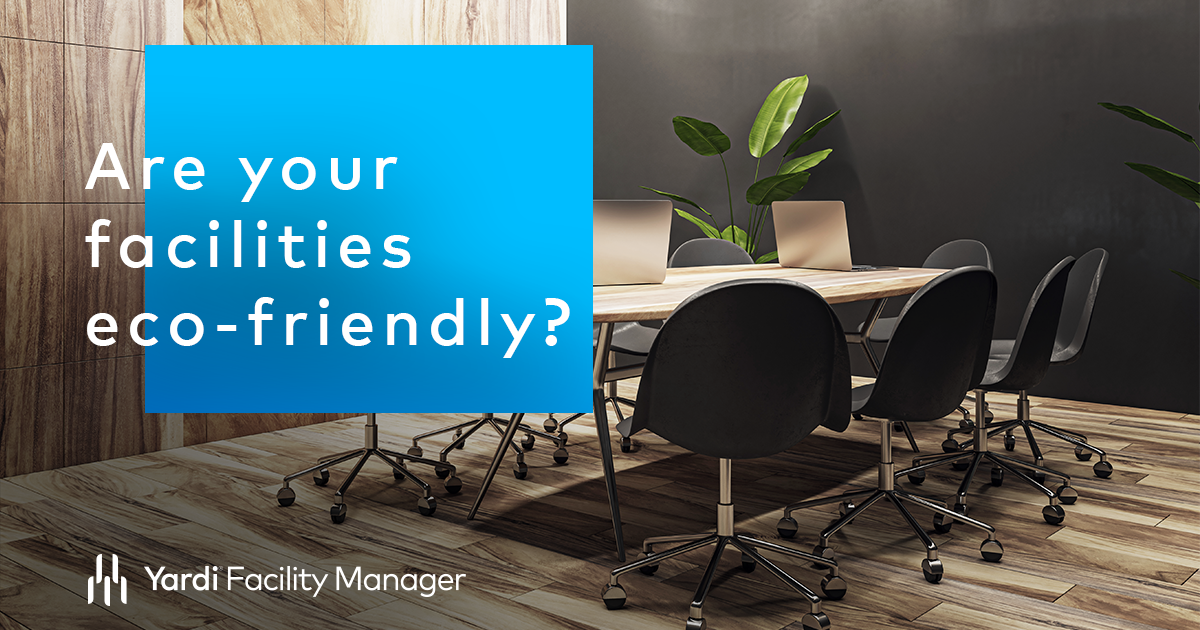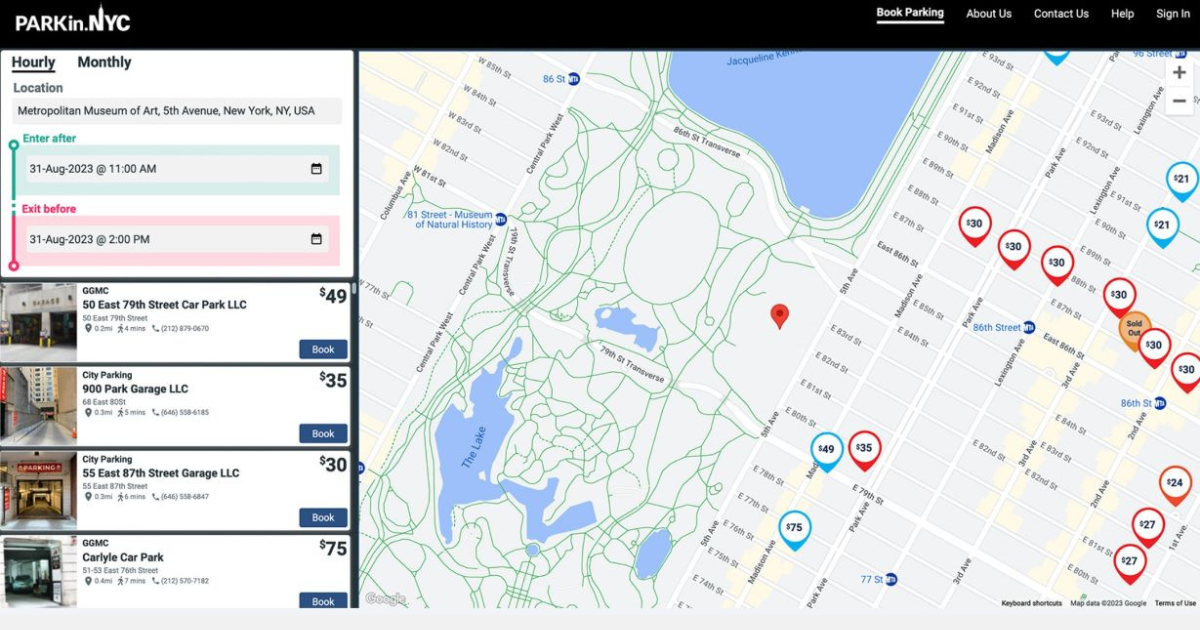How Insights are Driving CRE Investment

Organizations worldwide are at a crossroads in their journey to successful hybrid working. In this time of change, it's crucial to use facts and data as guides for evolving organizational strategy. While advisors may have ideas and opinions, they often lack the necessary data or evidence to support their claims. This is not entirely their fault. Everyone is in the same boat, lacking experience in adapting to disruption caused by a global pandemic.
Looking back before the pandemic, there were practices that could offer clues on options for our future. Approaches like hot desking, flexible working, activity-based working, or agile working were commonly used interchangeably and widely adopted by organizations. What led to their success? What obstacles did they encounter during the transition, and how did they overcome them? What lessons can we learn from organizations that received excellent user feedback during this process?
Pre-Covid; laying the foundations
For over eight years, even prior to the pandemic, Freespace has been instrumental in facilitating businesses' transition to flexible work using technology, in a way that enabled seamless use of technology to achieve intended outcomes. The approach was simple: make the process utterly easy for users, and they will choose the path of least resistance to deliver change. Simultaneously, technology helped decision makers to make informed decisions about changes needed to achieve optimal outcomes.
The technology combines sensors for capturing anonymous occupancy and environmental data, digital wayfinding signage, and an intuitive analytics portal. Customizing this to suit local norms while standardizing the customer experience resulted in transitioning offices to a new standard of working. Large companies with offices across the world transformed their user experience while gaining much deeper understanding of how spaces are used. These businesses witnessed the impact of Covid across their locations, with attendance dropping to zero and then again ‘saw’, through the analytics, how people returned worldwide as normalcy set in.
Applying the lessons
After the pandemic, we've had numerous false starts. However, these experiences have helped our customers refine their actions at each step. Every policy and mandate, measured immediately against footfall and usage. Every design change had with it a measurable change in behavior. These experiences have also helped us develop new technologies to suit evolving needs. Sensors that are more versatile to design restrictions such as sound proofed ceilings or design requirements for neurodiversity. Perspectives of occupancy at desk level, combined with ceiling mounted solutions for meeting rooms that count people and doorway sensors that capture in and out occupancy. We've developed algorithms that measure various aspects of a space, such as how people 'linger' (more on this later). We recognized the importance of presenting data in ways that can help drive outcomes, while also ensuring repeatability and consideration of local nuances. And made strategic investments in business intelligence systems that built the foundation for predictive analytics. Our approach has been grounded on a solid benefits case. The Right Size, Right Design guide incorporates our valuable learnings from these experiences.
Metrics for Insights discussed in the guide
Occupancy metrics can be interpreted in various ways, and the context of data collection is important to ensure the right conclusions. General space utilization captures how often and for how long spaces are used. The timeline analysis of peaks is a good starting point. Daily peaks specifically, can give a sense of how much space is taken up during weekdays. Observing peak patterns over a period establishes an element of demand predictability or a trend towards space bottlenecks. Desk space often serves as a proxy for overall occupancy, and comparing peaks and trends across floors gives initial understanding of utilization. Using spatial analysis like heat maps to look at occupancy across the floor enhances our understanding of departmental usage.
A high-level understanding of desk utilization allows for deeper exploration into the use of other types of spaces. Typically, there are three types distinctively different for most floor layouts – meeting spaces, collaboration spaces and private spaces. Though there are many variants inside the normal work environment, such as private rooms, booths, prayer and mothers' rooms, and lounge areas, these three provide a good starting point.
Quantifying meeting room utilization is an evolved art – establishing how rooms get reserved and occupied, their overall usage through the day versus how efficient they are when used (5 people in a 10-person room). Analyzing this across a global real estate portfolio can yield several insights. Analytics from the use of private spaces, such as phone booths, needs to establish any incidence of misuse such as ‘booth squatting’ by using dwell time analysis. This can help policies that could be implemented for locations where this is evident.
Analysis precedes modelling which can start by using the data to suggest changes to floor design. In the guide, one such case study demonstrates a significant increase in available space by over 20% through strategic data-led design changes on the floor. Another showcases a client's 7-year experience of using occupancy analytics, delivering a 50% reduction in overall office space while experiencing a nearly 20% growth in staff count.
Tech considerations for an insights program
Consistent and repeatable data collection across the real estate portfolio can lead to effective insights program. When deploying technology like sensors, there are several considerations:
Return on investment: A crucial metric. Consult with experts to build your business case. Customize it based on your organization's needs, people, and work strategy.
Privacy and anonymity: To foster staff confidence, demonstrate that data is collected while respecting privacy and anonymity. Thermal sensors can alleviate concerns and questions raised by video technology usage.
Accuracy: Using a Wi-Fi network for occupancy detection can save 50-75% compared to sensor-based programs. However, Wi-Fi accuracy is around 70% at best, while sensor-based technology offers over 95% accuracy.
Real time event capture: Capturing event time stamps when they happen is critical - “On event” rather than every 5 minutes. This immediacy ensures technology can be used not only for analytics but also for event-based occupancy management.
Granularity: Some heat maps provide images resembling clouds on your floor plan - data that’s practically useless. However, maps based on measuring occupancy of each space gives you how busy every individual seat has been. Select your heat map wisely!
Floor coverage: To accurately capture occupancy, it's important to have different perspectives. Relying solely on one perspective, like 'ceiling only', can result in some areas not being monitored, such as inside phone booths, low ceilings, or ceilings with interference etc.
Duration: How long should you deploy for? Can 3 months of data suffice? Permanent installations deliver the most value. Your organization constantly evolves, shouldn't your space evolve accordingly?
Global reach: Your supplier needs to be able to reach wherever you are. Choose a partner that has trained boots on the ground, either by being there or through a partner network.
Ease of deployment: This is critical. The technology should not demand hard-to-find expertise. Self-installation should be available for smaller offices.
Support: 24x7 support is essential. If not on the phone, at least someone who can respond to tickets. It's often the little things that trip you up if not addressed in a timely fashion.
Interpretation: Often there is a data overload from the technology. Data is useless without insights. The latter only comes from experience of delivering outcomes. Demand this.
Education and training: As your deployment expands, your organization will require understanding of how to manage your investment in a systematic manner. Staff training is crucial for program success.
Lifecycle management: Technology can be very valuable when its full life cycle is well-managed. Properly maintaining and repairing aging assets ensures significant returns on investment in later years.
Cost of ownership: Always analyze the total cost of ownership. Don't hide your investment in capex and assume opex won't be needed. Take at least a three-year window for any investment.
The design guide, "Right Size, Right Design" is a comprehensive resource for using technology to gain occupancy insights and transform your CRE strategy. It includes practical analytics examples and real-world case studies. A must-have for anyone looking to evolve their workplace strategy.
This Week’s Sponsor
Freespace empowers global businesses to optimize office environments, align sustainability goals, and boost satisfaction, engagement, and profitability. Our integrated technology, including advanced sensors, a comprehensive app, and dynamic digital displays, provides real-time intelligence to inform and evaluate investments. Trusted by organizations in 150+ cities worldwide, Freespace connects people, space and activity to achieve better outcomes and experiences. https://www.afreespace.com.
Read Next
 3/27/2025
3/27/2025
The Convergence of Edge Computing, Cloud, and AI in Building Automation and Smart Buildings In the built environment, we have seen the convergence of Operational Technology (OT) and Information Technology (IT), later expanding to include Workplace Technologies (WP).
 3/27/2025
3/27/2025
DC Power: A Holistic Approach to Energy Savings in Commercial Buildings In today's energy-conscious world, businesses constantly seek ways to reduce their carbon footprint and operational costs.
 3/13/2025
3/13/2025
How to Achieve Eco-Friendly Facility Management Commercial real estate operators and facility managers are focusing on sustainable practices to minimize environmental impact, create healthier workplaces, improve productivity and lower operational costs.
 1/23/2025
1/23/2025
When It Comes To Managing Properties’ Parking, Technology Is Key It’s easy for developers and real estate owners to think of parking as a necessary evil. They know they have to provide it (often, because it’s mandated by code), they understand that prospective tenants and buyers expect to be provided parking, but they haven’t figured out how to maximize its value.


.gif)







